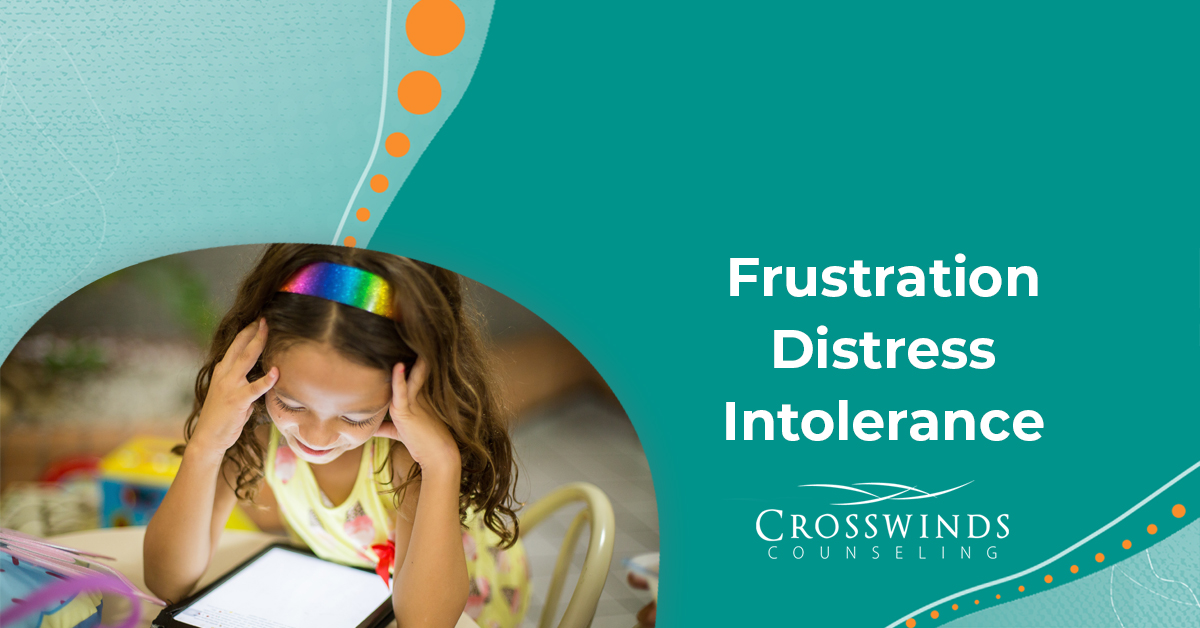
Why you shouldn’t give your child a device when they are in distress
A millennial mom posed the question to a baby boomer mom: How did you change a diaper without a smartphone? The baby boomer mom was puzzled? How does a smartphone assist in changing a diaper? Has technology advanced that much? Can virtual reality assist in someone else executing the diaper change from a remote location?
No, it was not the physical changing of the diaper of which the millennial mom was referring. She was speaking to the power of the smartphone to keep her small child still during the diaper changing process. The millennial mom used the smartphone as a tool to calm the child that was impatiently wiggling.
Myth: Technology “Calms” a Child
In actuality, smartphones and tablets stimulate the brain. Dr. Nicholas Kardaras, in his New York Post article “It’s ‘digital heroin’: How screens turn kids into psychotic junkies”, cited that “recent brain imaging research is showing that they (digital screens) affect the brain’s frontal cortex — which controls executive functioning, including impulse control — in exactly the same way that cocaine does. Technology is so hyper-arousing that it raises dopamine levels — the feel-good neurotransmitter most involved in the addiction dynamic — as much as sex.” Instead of soothing our children when they are stressed, we are actually giving our children cocaine when we opt for the digital pacifier.
When children are artificially pacified during stressful times, they may not develop distress tolerance. Smartphones at diaper changes is just one example of ways that parents mistakenly use technology to distract and soothe. iPads have holders in cars, videos are played in waiting rooms, and screens have eyes glued to them at restaurants. Families spend money on tickets to special events only to allow the small children to escape into their tablet while wearing headphones. Parents can choose interactive, non-digital activities to distract and soothe children during taxing times. Reading books, singing songs, coloring pictures, playing peek-a-boo, or using imaginative play are all engaging activities that shape a child’s positive growth and brain development.
Teach Children to Learn Patience
Having a child endure a diaper change, anticipate food in his high chair, sit in a car seat, ride in a grocery cart, participate in conversation through a dinner, wait for an appointment, or attend an event without the distraction of technology are all growth opportunities. These are opportunities for children to learn how to be patient, to handle social situations, to delay gratification, and to cope with frustration. It is also an opportunity to model mindfulness, focusing your attention on the present moment. Children that are able to develop these skills will be more resilient and will have more tools to handle different life scenarios. Children that lack frustration tolerance will be more quick to anger, more likely to throw a temper tantrum, less likely to problem solve, and more likely to expect others to meet their needs.
When parents have long-term goals in mind for their children, they are able to see the short-term discomfort as an opportunity for development. Additionally, understanding that technology is a stimulant, not a soother, also helps to shift the paradigm. Singing, deep-breathing, talking, rhyming, counting, story-telling, and massaging are all alternate techniques to employ when a parent is desiring to calm a child who is stressed.
Children will make it through the challenging times of being a toddler, and when they do, you want them to be capable of self-soothing, coping, problem-solving, and independent thinking. After all, generations before them endured diaper changes without a smartphone.
